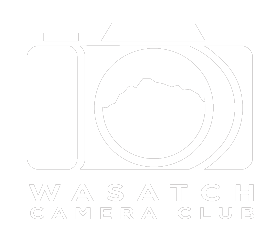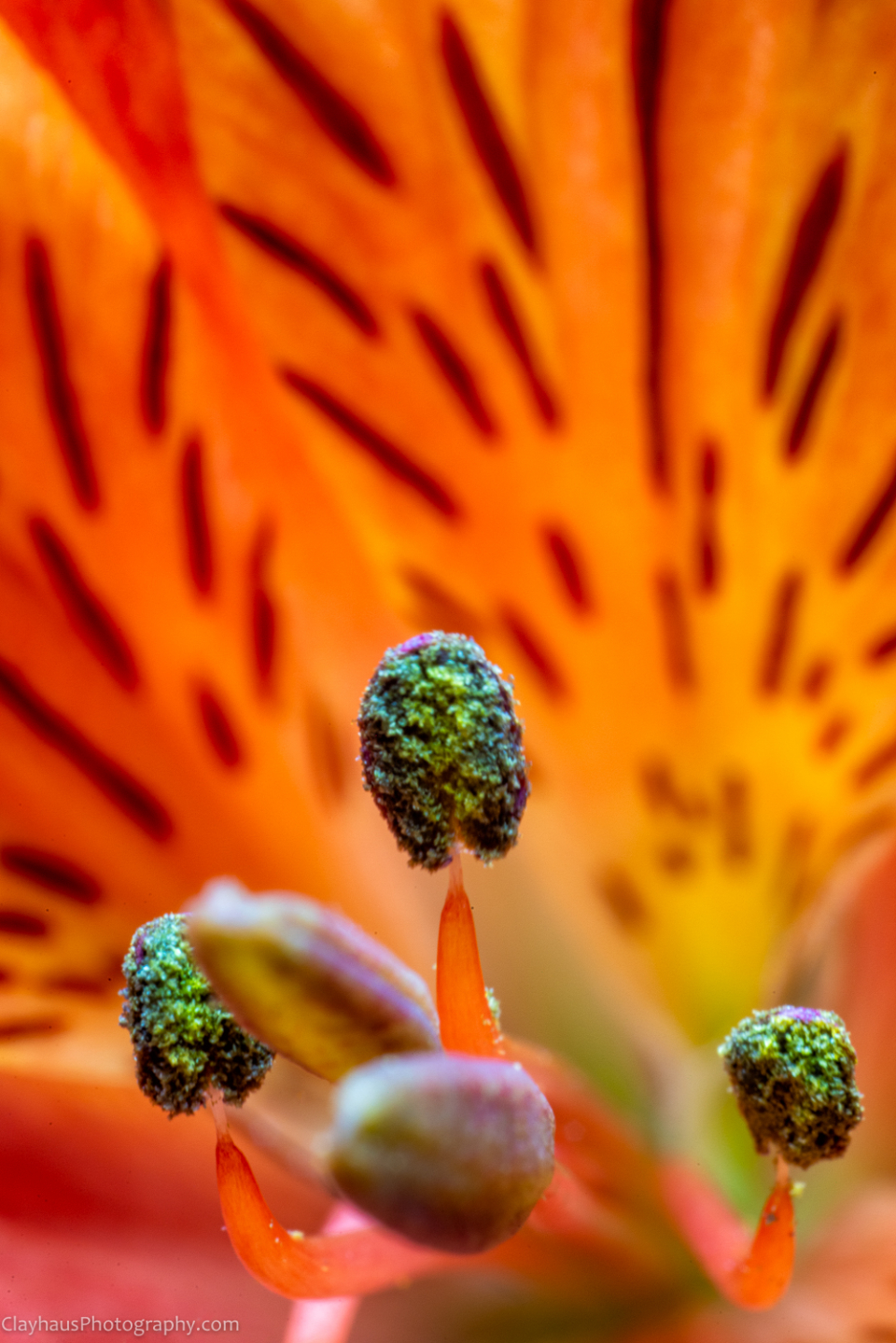This is the fourth in a series of five blog posts on macro and close up photography. The first post discussed using dedicated macro lenses, the second showed how to use extension tubes, the third discussed close-up diopter filters or lenses, and with this post I will be discussing the seemingly very strange technique of reverse lens close up photography. In the past posts I wrote about the relative cost differences of these different forms of macro/close-up photography with purchasing prime macro lens being the most expensive solution and this one – reverse lens photography – potentially being the cheapest.
What exactly is reverse lens close-up photography? Well, it is exactly what it sounds like: you reverse a lens and mount it to your camera body. You will need one approximately $8-15 piece of equipment to make this happen and yes, that is called a lens reversing ring. Before I get into the mechanics of how to make this happen let me briefly discuss why and how it works. A lens used the ‘normal’ way is designed to project a small, focused image of a large object a very short distance onto a camera’s sensor. As the lens to subject distance decreases, the image gets larger. Keep moving closer and eventually the subject is too close to properly focus. With subjects that are very close, reversing the lens so that the rear element is now facing the subject and the front element is pointing into the camera will project a large, magnified image of a small object on the camera’s sensor. You can easily play with this with no extra equipment just by removing your lens and holding it reversed near your camera’s body. Argh! What about introducing dust on the sensor!? Yep, that’s possible so I would suggest that a) you don’t do this in the field and b) you buy a lens-reversing ring. (Though frankly, cleaning sensors of a few dust spots should scare no one.)
Just to complicate things a bit (sorry about that) there are actually TWO different pathways for reverse lens photography: single lens and coupled lenses. Whichever you are exploring one of the critical aspects of these techniques is getting the right lens. The best to play with are old manual film lenses with aperture control rings. Why? Well, you will be reversing the lens and guess what…no controls will be available to you! With the manual aperture ring you can adjust both the light coming in and the incredibly shallow depth of field that you get with this kind of photography. If you don’t have an old film lens with a manual aperture control ring you can easily buy one on EBay, Amazon, or my preferred used gear outlet, KEH.com. Unless you also want to use the lens “normally,” the lens’ mount (i.e., the brand) is less important than the build and glass quality. Since I am an old Pentax shooter (in both senses of he phrase) from the 70’s, I have some very nice old glass sitting around. Check out these lenses from KEH, most of which would work very well for reverse lens photography.
Regarding focal length, the longest length one should consider is 50mm. Why? Because reversed on a full-frame it will yield a 1:1 image, considered “true” macro. On a 1.5x cropped sensor the factor is actually 1.7:1, now beyond “true” macro (what some call “super” or “extreme” macro). The flower images I shot below were all captured with a reversed 28mm on a full-frame, which is about 2:1 (whilst on my cropped sensor camera it would have been 3.2:1). Move to a 20mm and you get to 3.4:1 on a full-frame and a whopping 5.2:1 on a cropped sensor…about half way to microscopy level of photography (10:1) I wanted to test this with a 21mm mounted on a cropped sensor camera and the results are below. The measurement eye to eye on the little Gandalf figurine (don’t ask) is just about 3mm. Pretty small indeed. BTW, the 21mm I have is a much newer lens and has no manual aperture ring. The work around for this is illustrated below: I gently jammed the aperture open with a matchstick. (No lenses were harmed in this episode.)
So, let’s get back to that lens-reversing ring that you will need. It must match the mount of your camera body and filter thread size of the lens you want to use. Since I have a number of old and new Pentax lenses all with an outer filter thread of 49mm, my entry into reversed lens photography cost about $8. See many choices here at B&H photo.
In addition to the aforementioned loss of aperture and focus control with a reversed lens, there are several other disadvantages. One of them is that typically you will have soft edges on the images you produce. If you are looking at exploring the artistic abstract potential of reverse lens work, this will not likely be much of a problem. But, if you want to document insects and flowers (for instance) with a hyper-realistic clarity and sharpness that may also include focus stacking, softness is undesired. One twist on reverse lens photography can help with that: coupled reversed lens. For this one would mount say a 100mm or 150mm normally and then use a macro coupling ring – with male threads on both sides – that matches the filter size of both the mounted lens and the lens that one is going to reverse. In my case I had an old 135mm film lens to which I coupled an old 50mm. Both of these lenses have filter threads of 49mm and typically same sized coupling rings are going to be easier to find (otherwise step-up or step-down rings will be needed). These can be had on Amazon for less than $10. Using this technique – assuming you are also using good glass – is supposed to result in better quality images and minimal-to-no-edge softness. The formula to determine magnification is pretty straightforward: divide the focal length of the main (i.e., normal-mounted, non–reversed) lens by the focal length of the reversed lens. In my case 135/50 = 2.7. That is a magnification of almost 3x. By all means, play around with the aperture on both lens but I found quickly that my best results came from completely opening up the non-reversed lens and leaving that one alone whilst only adjusting the reversed lens’ aperture for light and DoF. F8 seemed to be a nice sweet spot (per usual).
What are the downsides to this kind of macro/close-up photography? Other than what has already been mentioned, there are several others that make this a challenging form of photography (and, we all like challenges, right?). First, and perhaps most obvious, is that you are now exposing your very delicate lens ‘innards’ to the elements. Using the rear lens cap is essential when storing or carrying around a mounted reversed lens. But additional danger comes from actually using the lens. You will find that you are VERY close to your subject (see example below) and if you are not careful – especially when focusing – you may actually run into your subject. If you have a spare rear lens cap you can cut out the closed section leaving the walls and you have fashioned a MacGyver-esque lens hood. That will help in keeping that inner glass from touching the subject.
Another challenge comes from the actual focusing process. This is especially true at the extreme magnifications above 2:1. A tripod is pretty much essential as is a cable release. Directed lights are helpful/essential as well. If you are just taking one image and not utilizing focus stacking (discussed in more detail in the next and final post on macro photography) then use live view, manually focus on the one teenie-weenie bit of your subject that you want sharp and click. You will be amazed at how shallow your depth of field is. If however you are at high magnification and want to take tens (hundreds?) of images to create a super sharp-throughout-the-frame image via focus stacking, manually making those adjustments with the barrel of your lens is an exercise in fruitless frustration, at best. For that you need a focusing rail. Yes, another piece of gear but one that I will discuss next time.
Enjoy!


